Sanitary trench an important consideration for effective, safe disposal
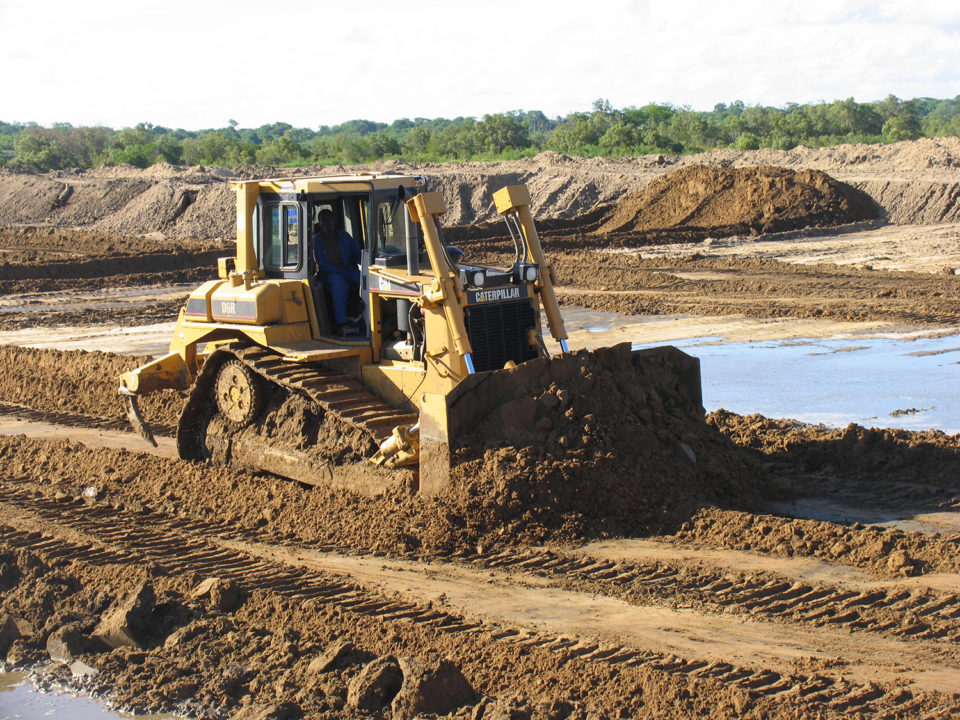
The concept of “non-hazardous solid waste” is the generic name of any type of residual product that can be solid, semi-solid and generally putrescible. In the geographical areas where shrimp farms are located, in most cases it is not possible for non-hazardous waste to be collected by a municipal service. Therefore, proper management on site contributes substantially to the prevention of environmental impacts and damages, as well as the prevention of risks to human health and animal welfare.
The production volumes and characteristics of non-hazardous solid waste generated by shrimp farms have the same common denominator: organic waste from the shrimp feeds; organic waste from feed consumption; paper from different uses; waste organic matter from the cleaning of working facilities, bedrooms, kitchen, dining rooms, offices, storage warehouses and other facilities.
The inadequate disposal of solid waste is a source of proliferation of harmful fauna (rodents, cockroaches, flies, mosquitoes and other pests), which can transmit infectious diseases. The inadequately disposed solid waste also generates gases, fumes and dust that contribute to air pollution and cause problems of contamination of groundwater or surface bodies by runoff water (rainwater). In the specific case of garbage burning, water pollution occurs because many particles, including ash, produced during burning can reach water bodies, contaminating them. This practice is typically prohibited by environmental legislation.
Pollution can also occur through the production of leachates, the dark liquids that are produced by the decomposition of organic matter and water entering the sanitary pit or trench by precipitation. When flowing, these leachates dissolve substances and carry waste particles, and can help generate pathogenic bacteria, so they must be stored and treated. These bacteria can reach the shrimp ponds and affect the health of the animals. This is one reason the location of waste disposal is very important.
Sanitary trench
The construction and maintenance of sanitary landfills or sites for the final disposal of non-hazardous waste can be expensive. In practical terms, for shrimp farms only a backhoe is required in its initial phase, for the preparation of the material disposal site. Other necessary work can be done manually, including waste compaction in layers and done with simple tools and equipment like wheelbarrows, shovels, picks, hoes, rakes and a roller compactor consisting of a 50-gallon tank half-filled filled with water.

Site selection
Area: The trench area must be calculated based on the daily production of garbage, as well as the distance to the shrimp production ponds and the farm camp (labs, warehouse, living and other facilities) where most of the garbage originates, and the ease of access to the trench location. The trench should be located where the water table is at least 3 meters deep.
Type of soil: Locations with clay soils are preferred due to their high degree of impermeability. If the soils in the area selected are highly permeable, porous or have a high water table, plastic geomembranes can be used, or a layer of clay or other water-proofing action should be considered.
Bottom: A leachate collection system can be built on the trench bottom. The bottom should have a slope of 3 to 5 percent, and a 20 to 30 cm perimeter channel built to collect the leachates. The catchment area of the leachates must be at the end of this perimeter channel, and its storage capacity must be designed based on the trench size and the rainfall volumes prevalent in the area. The leachate collection area can be a relatively small hole (~2 cubic meters). Its bottom and walls can be covered with geomembrane or other material that prevents percolation. Leachate is allowed to evaporate by solar radiation, and the dry sludge is returned to the trench.
Operation and other considerations
The volume of waste to be deposited and its periodicity must be calculated to establish the size, the depth of the trench and its approximate time of use. Surrounding land must not be used for any other activity. Land with smooth and uniform slopes should be preferred, to facilitate the management of surface runoff waters. It is best not to use land that floods or has aquifers, fractures or faults, or that has a pH lower than 5.5.
The predominant direction of the wind is also important, to avoid the impact of gases, bad odors, light material or dust into other areas, possibly creating problems for farm operations and aquaculture production.
Constant supervision is needed during the construction and during the useful operating life of the sanitary trench, to carry out its proper use and daily routine work and management. This includes waste unloading and spreading, and dirt covering and compaction. A responsible person assigned to these operation and management tasks is critical.
Runoff waters should be channeled away to prevent their entry into the sanitary trench. The construction of a perimeter ditch is an efficient way to reduce leachates by preventing rainwater from entering the landfill and mixing with waste. These channels or drains should be around 30 cm deep and 50 cm wide, and if possible be covered with stones. The trench or pit should be surrounded by plant or artificial fences to prevent access by animals and intruders, and to visually improve the location.
The residues should be spread around daily with rakes in 20-cm deep layers and covered with calcium carbonate and dirt and compacted with the roller. The compaction prevents gaps from forming in the trench, which can become burrows for rodents. In some cases, when suitable, the trench sides on the outside should be sloped outwards to allow the leachate to evacuate towards areas away from the shrimp ponds or other sensitive areas. This can extend the useful life of the trench.
Proper waste covering is important
The daily covering of the waste with a layer of dirt and calcium carbonate is important for the successful operation of the sanitary trench, as it serves several functions including:
- Minimizing the presence and proliferation of flies and birds.
- Preventing the entry and proliferation of rodents.
- Avoiding fires and smoke.
- Reducing bad odors.
- Minimizing the amount of rainwater entering the garbage.
- Directing and diffusing away the noxious gases generated by the decomposition of garbage.
- Providing the landfill with an acceptable aesthetic appearance.
- Allowing for vegetation to become established and to grow.
The final covering layer of the sanitary trench – once it has completed its useful life – should be done with a dirt layer about 0.4 to 0.6 meters thick. It should be done in such a way that it can generate and sustain vegetation to achieve a better integration with the natural landscape.
In conclusion, the use of a sanitary trench not only helps comply with environmental legislation, but also contributes to better biosecurity to minimize risks of contamination to shrimp ponds.
Author
-
Leonardo S. Maridueña
Environmental Director
National Aquaculture Chamber ( Cámara Nacional de Acuacultura)
Guayaquil, Ecuador
Related Posts
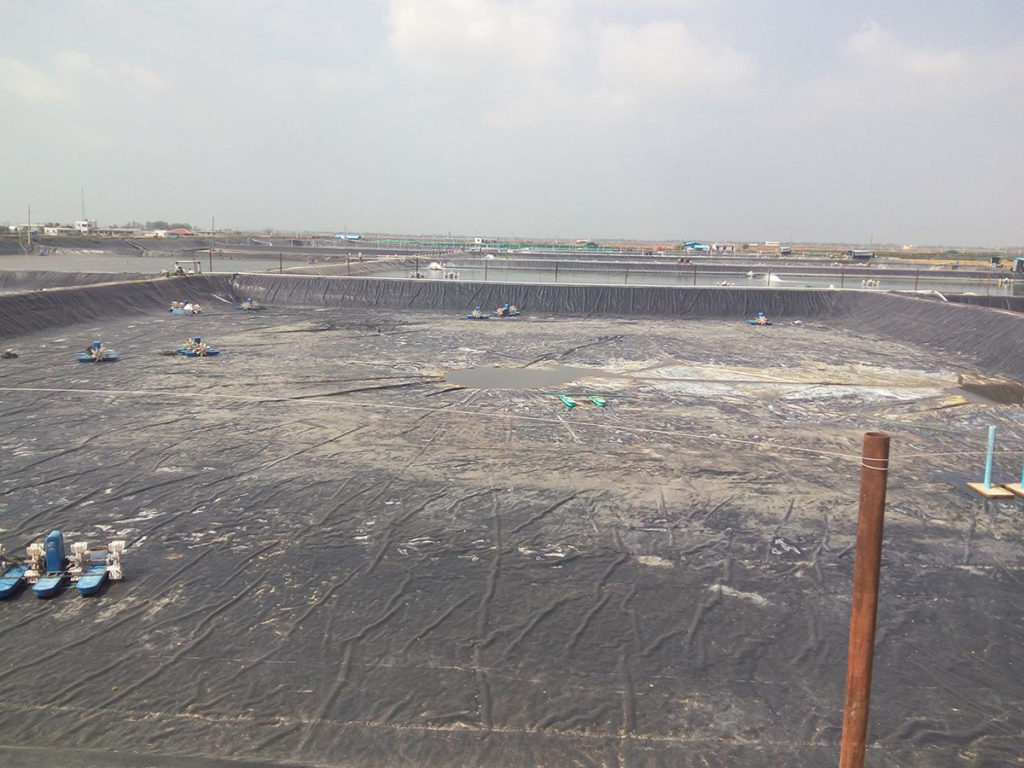
Responsibility
Appraising pond liners for shrimp culture
The use of plastic-lined ponds by shrimp farmers can significantly improve production efficiency, support more production cycles per year, and higher mechanical aeration rates and stocking densities. The capital cost of lining ponds can be very significant, so a thorough feasibility analysis is recommended when considering this production tool.
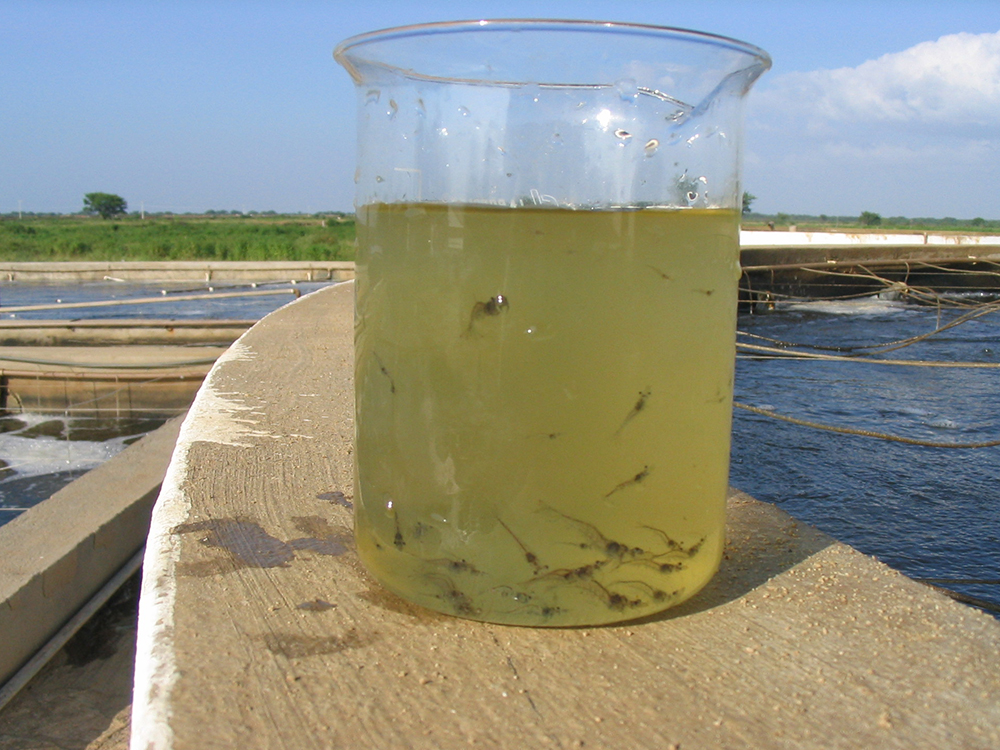
Health & Welfare
Building a better shrimp nursery, part 1
Shrimp nursery systems offer an important opportunity to increase profits. Properly designed and operated nurseries are highly biosecure facilities to grow postlarvae at very high densities.
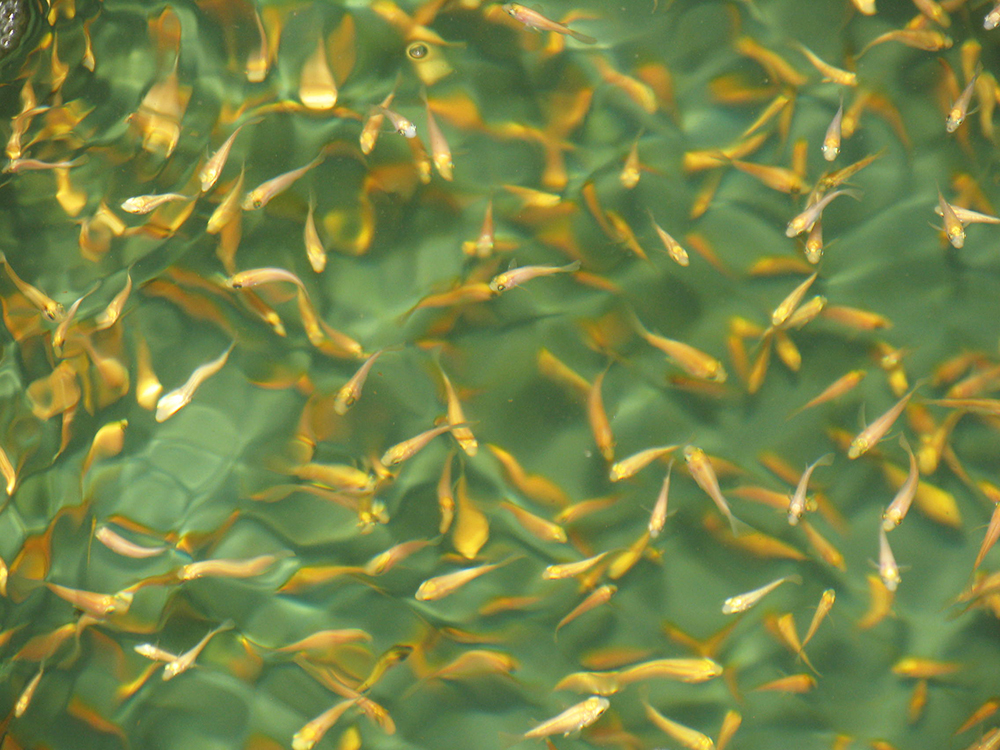
Health & Welfare
Biosecurity practices on fish farms need beefing up
Biosecurity measures and preventive strategies are essential in any biological production chain. Properly planned and implemented biosecurity programs will enhance animal health, production and economics.
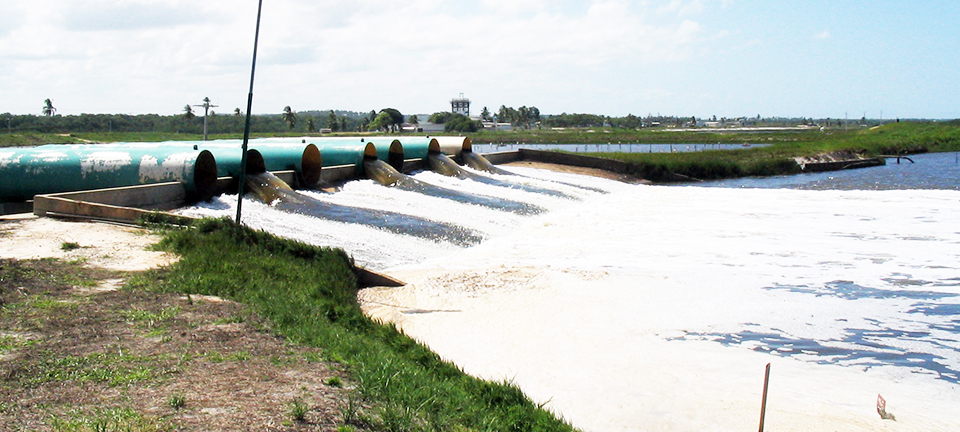
Health & Welfare
Common-sense biosecurity measures head off crop failures
Biosecurity can be defined as the operating procedures that shrimp hatchery and farm personnel use to minimize the impacts of disease on their animals. Proper biosecurity measures slow the movement of pathogens and protect unaffected areas.


